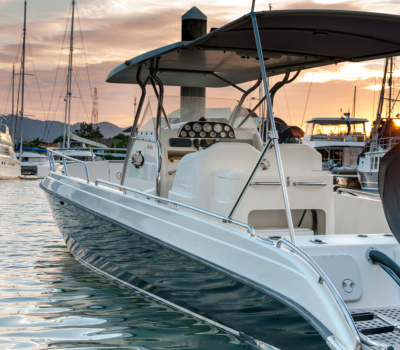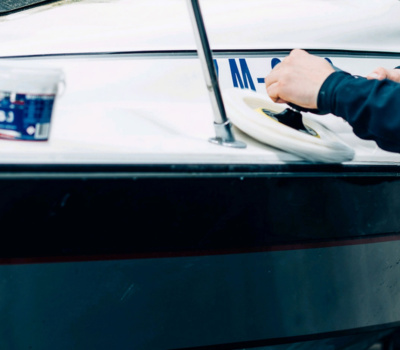Sea-Line in WarsawFairWind and Water!
We would like to invite you 11-14March tomeet us at our boothnumber44C.
As always,we offer adviceand assistanceon technical issues, advise how to paint theboat, how to protectthe hullagainst osmosisorfouling.
See you in Warsaw!


We are expanding our offer by introducing two new products that will provide boat enthusiasts

Come and join us at METSTRADE 2023, METSTRADE the best event for marine industry professionals,

Visit us and our production plant without traveling

New in the 2023 season is a new polishing wool The new black and white
There is a possibility of thinning antifouling, but we do not recommend this procedure due to the risk of reducing the effectiveness of the paint. If it is necessary to thin the antifouling paint, it is recommended to dilute it to a maximum of 0-5% (by volume).